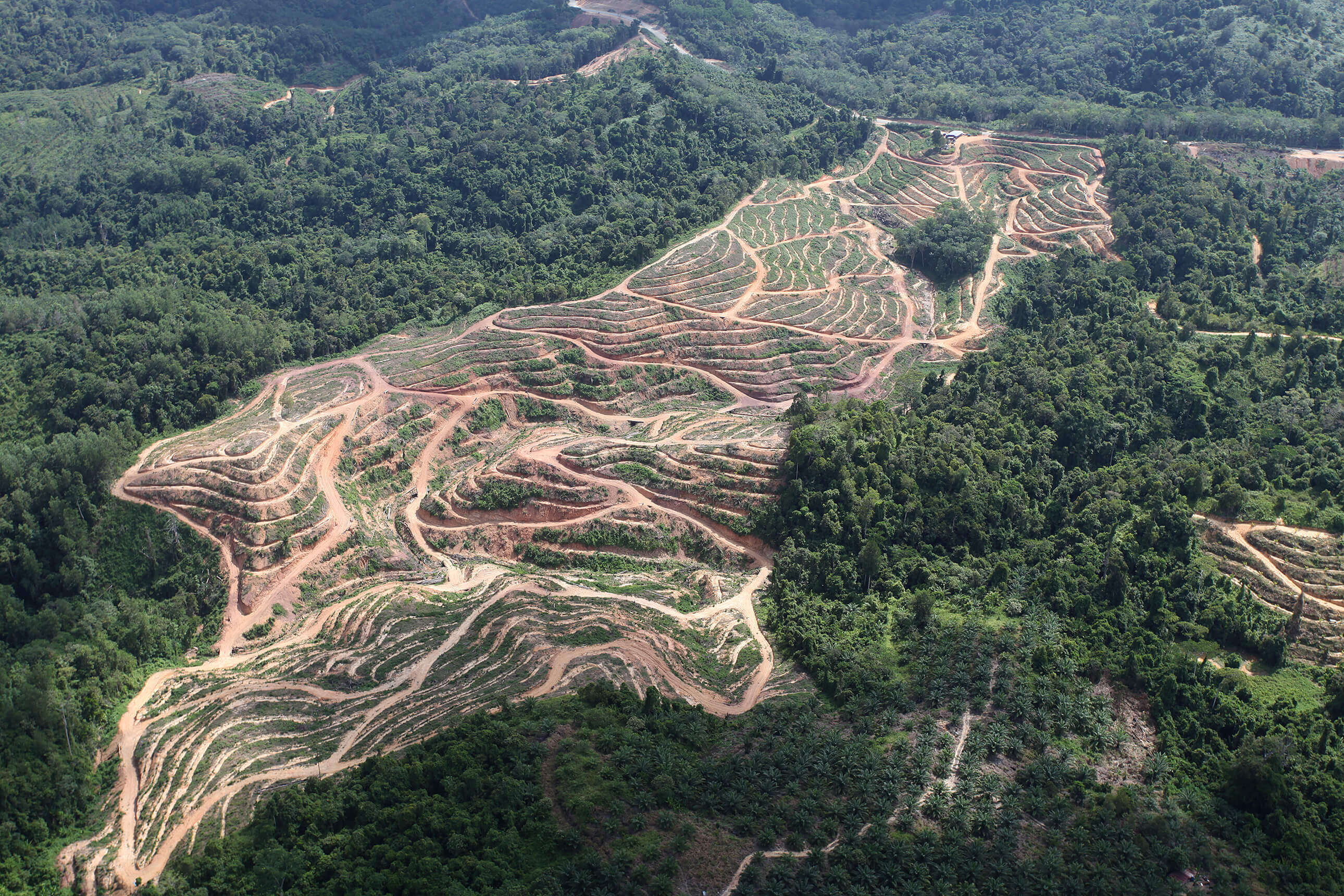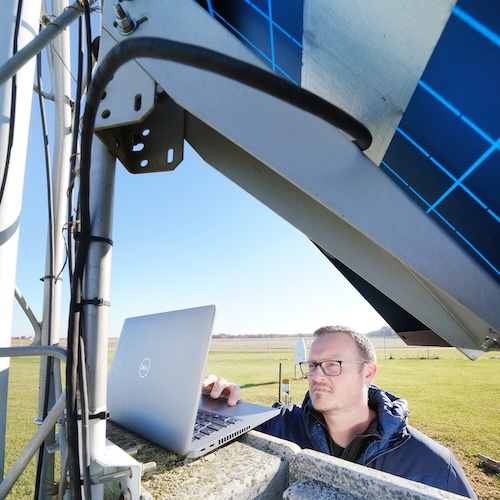Don’t blame U.S. biofuels for Indonesia and Malaysia deforestation, study shows
Since 1990, the United States has ramped up its production of biofuels — to about 16 billion gallons of ethanol and 1.6 billion gallons of biodiesel in 2017. At the same time, production of palm oil has increased nearly sixfold, mainly for food production, and with it significant deforestation in Indonesia and Malaysia.
That overlap has led some analysts to blame the United States for deforestation in Indonesia and Malaysia, suggesting that the expansion in palm oil production is driven by biofuel production in U.S. But a Purdue University study shows that only a scant fraction of the deforestation in those countries can be pinned on U.S. biofuel production and policy.
“Our analysis shows that less than 1 percent of the land cleared in Indonesia and Malaysia can be tied to U.S. biofuel production,” said Farzad Taheripour, a research associate professor of agricultural economics at Purdue. “The amount is not significant. We’re talking about thousands of hectares amidst the millions that have been cleared for oil palm plantations and production of other commodities in Malaysia and Indonesia.”
Taheripour and the late Wally Tyner, who was the James and Lois Ackerman Chair in Purdue’s Department of Agricultural Economics, published their results in the journal Biotechnology for Biofuels based on analysis from the GTAP-BIO model, a Purdue-led economic model of the global economy available to researchers around the world for quantitative analysis of international economic-environmental-energy issues. The model included a more comprehensive look at demand for all types of vegetable oils and fats impacted by U.S. biofuel policies rather than focusing on only soy and palm as past studies have done.
“Those analyses that limit their modeling framework to only palm and soy oils and ignore other types of vegetable oils and fats provide misleading information and exaggerate about the land use implications of the U.S. biofuels for (Malaysia and Indonesia),” the authors wrote.
As the United States uses soybeans and corn to produce biofuels, one could expect less soybeans and corn will remain for other uses, including exports. That could generate some land use changes and deforestation across the world including Malaysia and Indonesia, which clear natural land to plant palm oil trees and other commodities.
“But we’ve not seen that happen. In the U.S, we have lots of unused land available to farmers who can convert it to corn or soybeans. There has been no need to cut forests here,” Taheripour said. “In addition, crop productivity has increased significantly over time, providing more yield on the same amount of land. Because of those, the expected deforestation or conversion of natural land has not had to largely happen to account for U.S. biofuel production.”
Countries that import U.S. corn and soybeans also benefit from yield increases and use of other types of oils, such as canola, sunflower and cottonseed. It’s more likely that growing populations in countries such as India, China, and rest of Asia are mainly fueling the demand for oil palms grown in Malaysia and Indonesia. The U.S. uses little palm oil for food, just under 2 percent of the palm oil produced worldwide.
When considering all those factors, U.S. biofuel production accounts for fewer than 60,000 hectares — or 0.5 percent — of the more than 11.7 million hectares of natural land cleared in Malaysia and Indonesia between 2000 and 2016.
“Production of biofuels in the U.S. generates some land use effects in Malaysia and Indonesia due to market-mediated responses, in particular through the links between markets for vegetable oils,” the authors wrote. “These effects are minor compared to the magnitude of land use change in Malaysia and Indonesia.”
The U.S. National Biodiesel Board Foundation and the U.S. Federal Aviation Administration funded the research.






